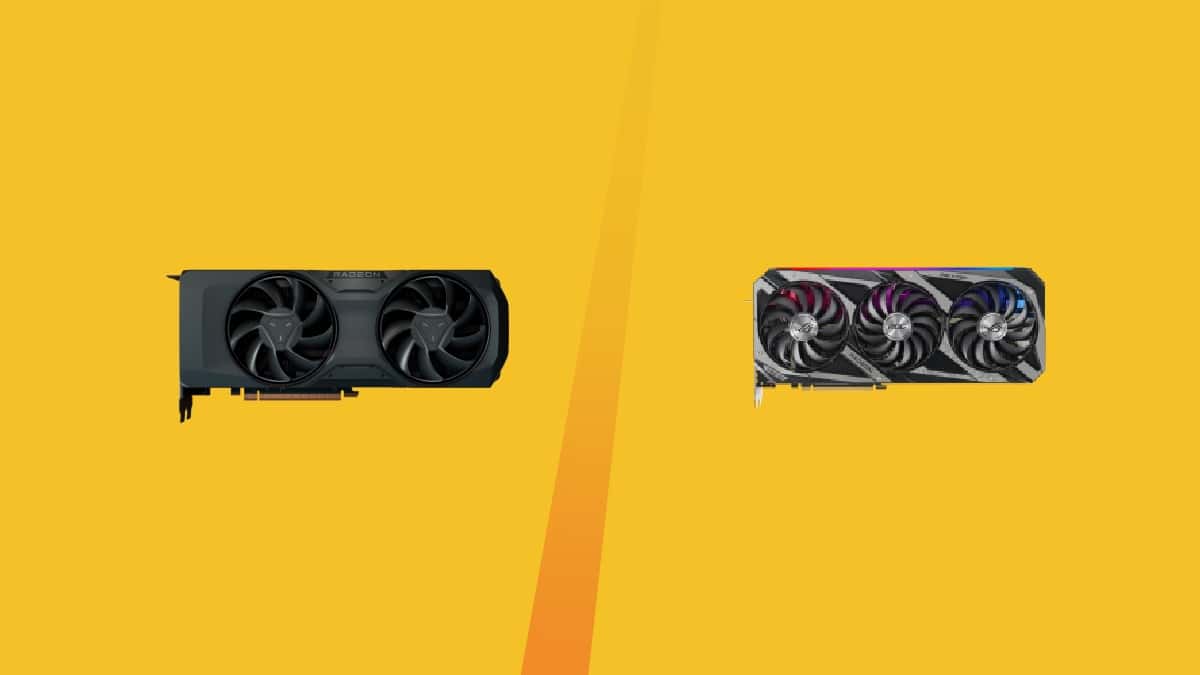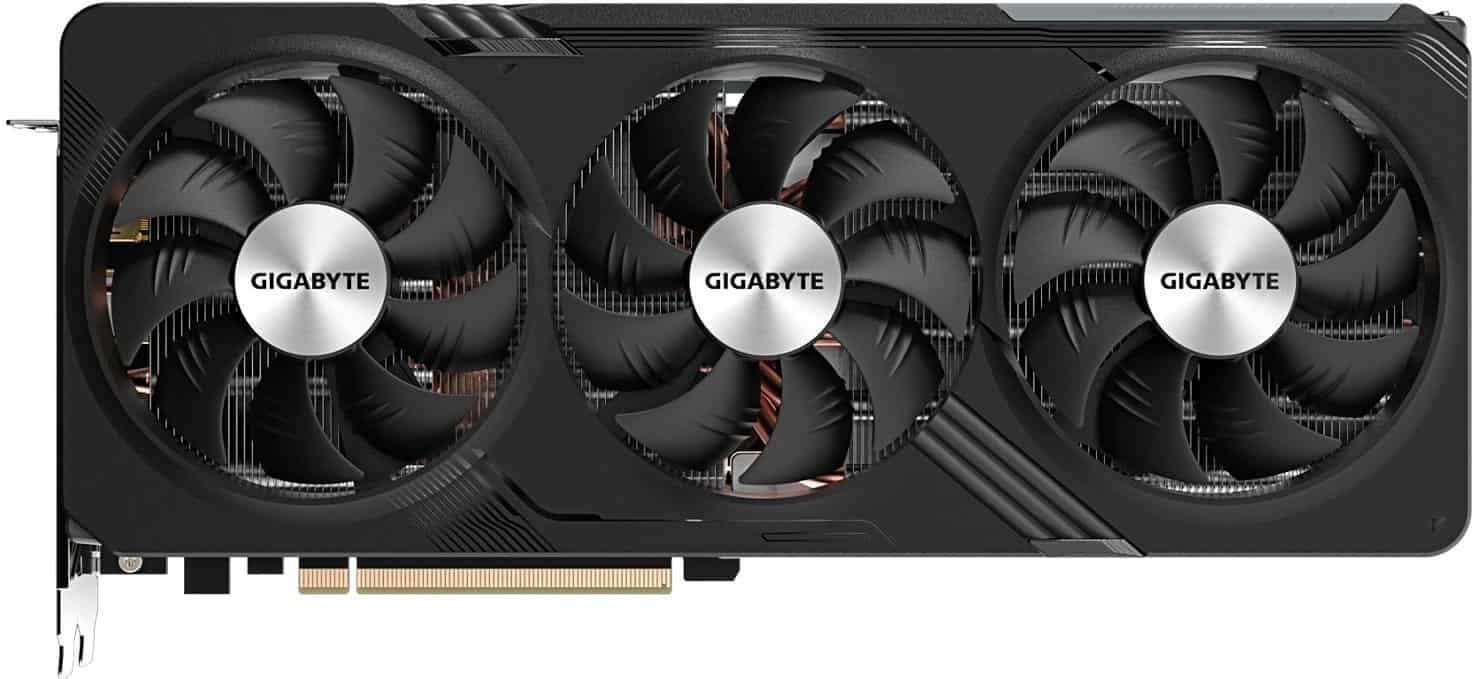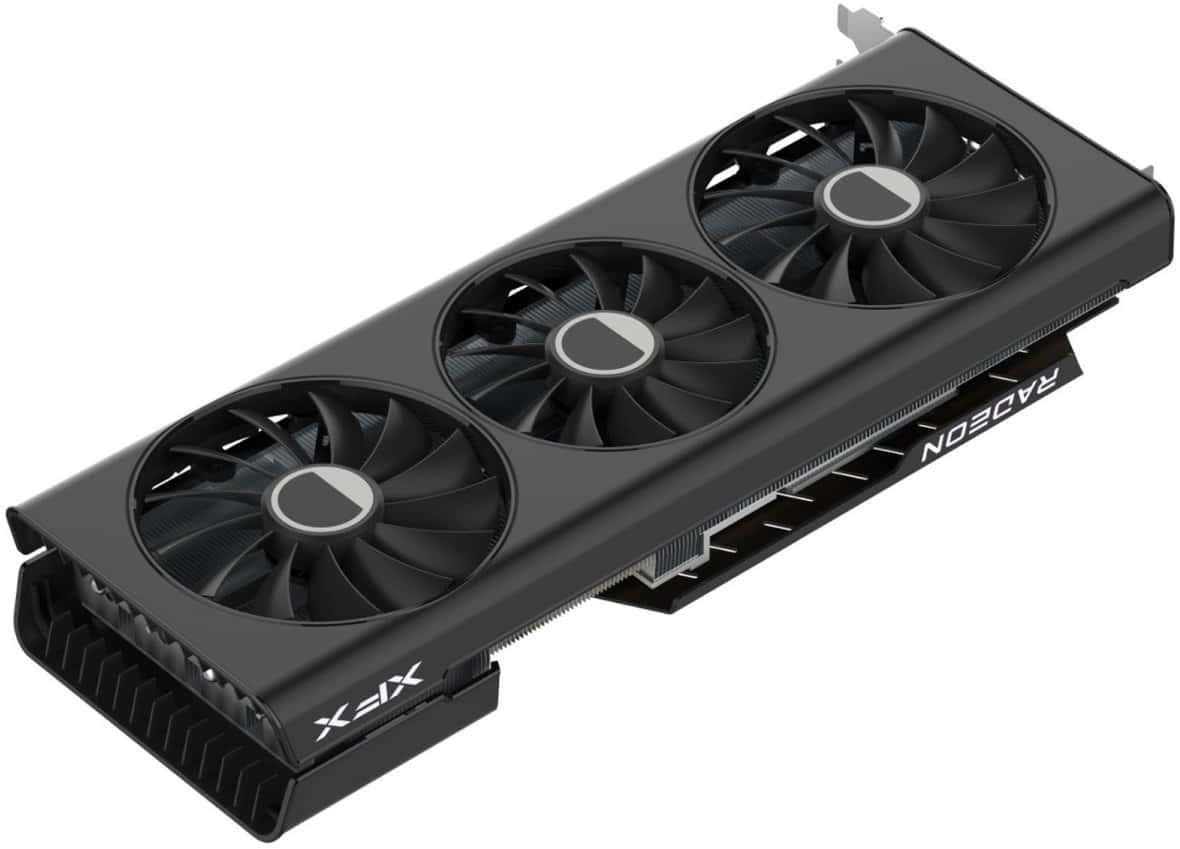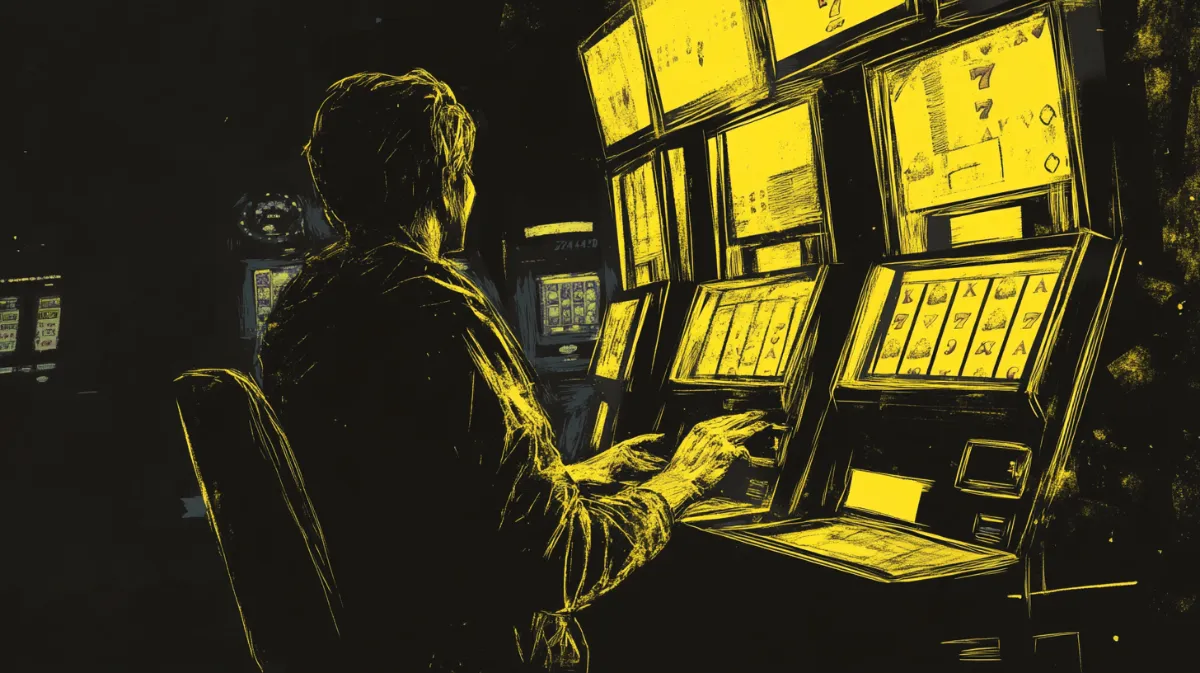You can trust VideoGamer. Our team of gaming experts spend hours testing and reviewing the latest games, to ensure you're reading the most comprehensive guide possible. Rest assured, all imagery and advice is unique and original. Check out how we test and review games here
We’re taking a look at the RX 7700 XT vs RX 6750 XT comparison to help you decide if you should upgrade or not.
With the release of the RX 7700 XT, it is time to take a closer look at AMD’s latest graphics card that is set to disrupt the 1440p gaming. It offers plenty of performance and new architecture and comes with Hyper-RX for an improved gaming experience. If you plan to get the RX 7700 XT, then make sure you know where to buy it.
Different scoring and performance of the RX 7700 XT have been highlighted in HXL’s leaked document, which has provided more layers to our comparison. The RX 6750 XT was released back in March 2022. It is known for its jaw-dropping 1440p gaming performance and exceptional value. With the right configuration, the RX 6750 XT can even take a solid swing at 4K gaming.
Is it worth upgrading to the Navi 32 GPU, or should you stick with your RX 6750 XT?
RX 7700 XT vs 6750 XT – architecture
Make sure to always consider the architecture of the graphics card you’re interested in. That’s because architecture tells us how much performance the GPU packs, how efficient it is, and how it will work in the years to come.
The RX 7700 XT uses the latest RDNA 3 architecture. RDNA 3 is known for being the first to bring GPU chiplet design to the market. Plus, RDNA 3 also marks AMD’s shift to TSMC’s 5nm process node. All of these changes are made to improve the GPU’s power efficiency, and AMD has nailed it. The RX 7000-series cards are rated to run up to 50% more efficiently than their RX 6000-series predecessors. RDNA 3 also includes 2nd gen Raytracing, AI Acceleration, and 2nd Infinity Cache for even better performance with FSR, which is AMD’s upscaling technology.
The RX 6750 XT is based on the RDNA 2 architecture. As you can guess, RDNA 2 uses the TSMC’s 7nm process node, which is not as efficient as 5nm. Furthermore, RDNA 2 also does not include any AI Acceleration, although it has 1st gen Raytracing and 1st gen Infinity cache. While RDNA 2 graphics cards also support FSR, their performance is not as good as RDNA 3.
When it comes to RDNA 3 vs RDNA 2, RDNA 3 is stronger, robust, and more efficient. Therefore, if we are just talking about the architecture, then the RX 7700 XT is a definite winner.
RX 7700 XT vs 6750 XT – specs comparison
| Specs | RX 7700 XT | RX 6750 XT |
| GPU Architecture | RDNA 3.0 | RDNA 2.0 |
| Cores | 3456 | 2560 |
| Base clock | 1900 MHz | 2150 MHz |
| Boost clock | 2544 MHz | 2600 MHz |
| Die Size | 346 mm² | 335 mm² |
| Memory | 12 GB GDDR6 | 12 GB GDDR6 |
| Bandwidth | 432 GB/s | 432 GB/s |
| TGP | 245 W | 250 W |
Going over the specifications, the RX 7700 XT has 896 more cores. But that’s about it. Though the RX 6750 XT appears to have a higher base clock speed and slightly higher boost speed, the RX 7700 XT’s RDNA architecture makes it the faster card despite this. As for VRAM, both cards offer the same 12GB GDDR6 memory with the same bandwidth, though again, the RX 6750 XT has faster read speeds. One more slight difference is that the RX 7700 XT has 5W less TGP, which is practically negligible.
Overall, the RX 7700 XT has stronger specifications, and that’s because it has a much higher core count. Yes, the RX 6760 XT boasts better clock speeds, but the difference in boost speeds is not that high.
RX 7700 XT vs 6750 XT – performance
Specifications are just a few numbers on paper, and the real comparison lies in the performance. The RX 7700 XT is able to provide high-end 1440p performance with decent FPS at 4K as well. It has plenty of cores and more than enough VRAM to last you for several years to come.
On the contrary, the RX 6750 XT has been out in the market for quite some time. Therefore, we know how the card performs at different resolutions. On average, you should expect around 140 FPS at 1080p, 100 FPS at 1440p, and 60 FPS at 4K. If you turn on FSR, then the performance will definitely improve, as FSR 3 brings both upscaled resolution and frame generation to the table. To make sure your set-up can handle the best it can, make sure you invest in a high refresh rate monitor.
If you are after raw performance, then the RX 7700 XT should be your choice. While the RX 6750 XT has plenty of power, it cannot reach the level of the improved RX 7700 XT.
RX 7700 XT vs 6750 XT – price comparison
The RX 7700 XT has a list price of $450. Its AIB variants will follow the same price tag, with high-end variants nearing $470. While a $450 price tag is good, it would be better to see it priced at $420 or below, given that for just $50 more you can get the RX 7800 XT.
Where to buy the RX 7700 XT:
- Gigabyte Radeon RX 7700 XT Gaming OC 12GB GDDR6 Graphics Card
- XFX Speedster QICK319 AMD Radeon RX 7700 XT Black 12GB GDDR6 Graphics Card
- ASRock Challenger Radeon RX 7700 XT
- PowerColor RED DEVIL Radeon RX 7700 XT
- SAPPHIRE NITRO+ Radeon RX 7700 XT
The RX 6750 XT was launched with a $550 list price. However, you can find a low-end variant of the card for like $330, with high-end variants reaching $380. It definitely is a strong contender for the best GPU under $700. The release of the RX 7700 XT also means that the previous series such as the RX 6800 will be discounted further, so keep active!
Therefore, as far as pricing goes, the RX 6750 XT takes the crown. It is not only cheaper, but it is a true bang for the buck card that can nail 1440p gaming. Plus, as soon as RX 7700 XT hits the streets, the RX 6750 XT’s pricing might go further down.
RX 7700 XT vs 6750 XT – final word
All things considered, the only reason you should go for the RX 7700 XT is if you have the budget for it and you need the latest Navi 32 card. However, if you want the best bang for the buck card that not only costs almost $100 cheaper but also provides excellent 1440p performance, then you should consider then RX 6750 XT.










